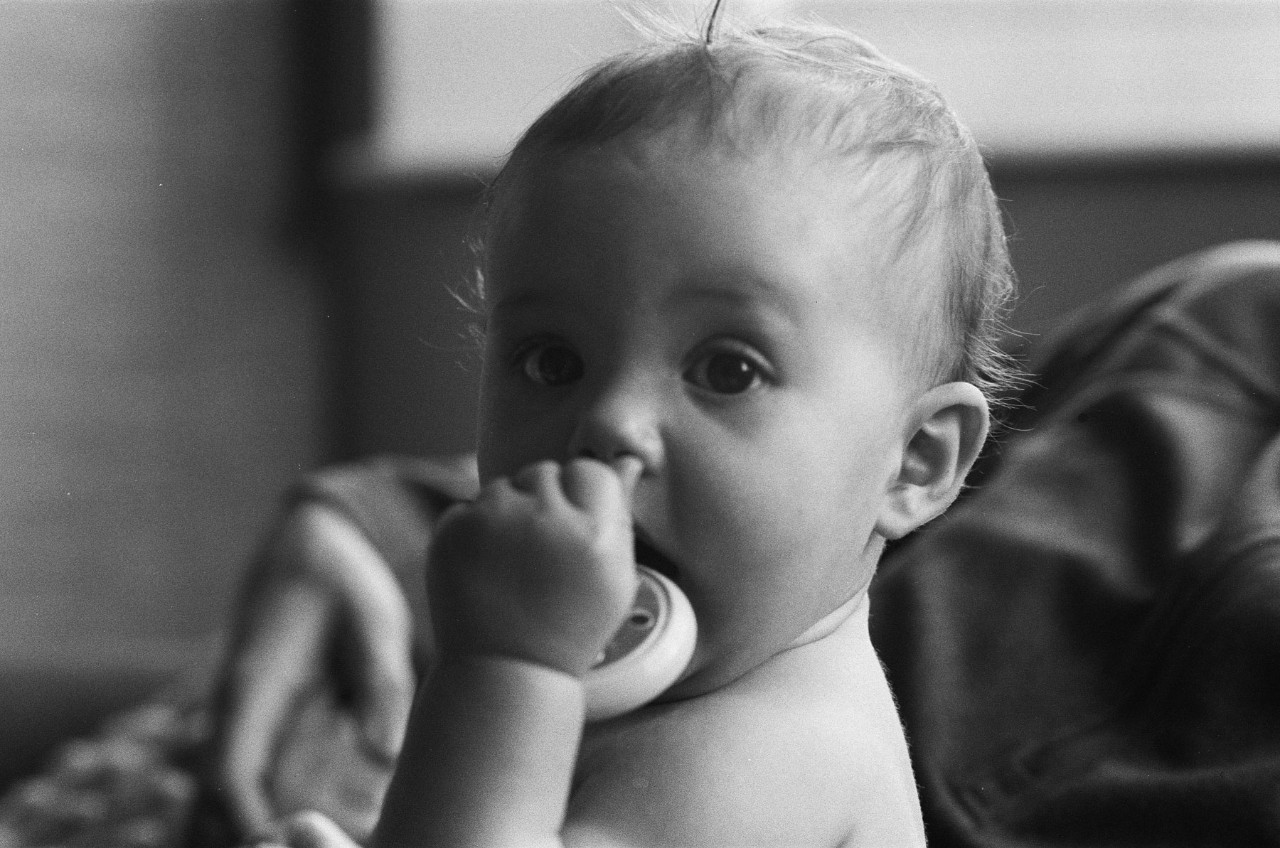Your baby's weight: what is optimal?
The weight curve gives an indication of how a baby is developing. But many factors influence weight. What you need to know.

It’s impressive how quickly a healthy baby puts on weight. In the first six months a baby’s weight doubles, and within the first year it even triples.
However, many new mothers are uncertain at first whether their baby is getting enough milk. Generally speaking, if the baby is growing steadily and seems happy overall, you should trust your instincts. Pay attention to the signs that your baby is full and be guided by them. You can safely leave the weighing to your paediatrician or midwife. You know exactly whether your child is putting on enough baby fat.
Not sure if your baby is developing properly? Sanitas customers can contact the pediatric hotline with questions and concerns - around the clock.
The weight of newborns
The first days of life are an exception. Many babies then lose up to ten percent of their birth weight. It’s quite normal, because at that point their little bodies are excreting body fluids and meconium, while also working flat-out to adjust to living in the world outside their mother’s womb. At the start, activities such as regulating body temperature and digesting food cost more energy than the little ones can absorb. However, after two weeks most babies have already regained their birth weight.
Baby weight in the first 6 months
Even after this time, no two children are the same. Factors such as gender, predisposition or diet influence the baby's weight curve. It also depends on the age of the mother or whether the baby is the first or second born.
Exclusively breastfed babies, for example, gain weight very quickly in the first month, with partially breastfed and bottle-fed babies often unable to keep up. However, the weight gain of a breastfed baby slows during the first year of life.
If you’re unsure,
- The rule of thumb is that weight shouldn’t stagnate for more than three weeks. However, a single measurement is only a snapshot. Weight has to be observed over a longer period of time to get a clear picture. This is normally done based on the growth curves (percentiles) in the child’s health booklet: Here you can compare the height and weight of the child with the relevant age group. It's important for both height and weight to develop according to the normal curve, but minor deviations are OK.
- If your baby drinks noticeably little and without strength or throws a lot back up, you should take it to the paediatrician.
- Take your baby to the paediatrician if it doesn’t seem satisfied although you breastfeed it frequently, or if it doesn’t grow and thrive properly.
- If your baby doesn’t gain weight, a breastfeeding test can help determine how much it takes in during a meal. Talk to your paediatrician or midwife about the exact procedure.

*applies to healthy babies delivered on time. Deviations of +/- 800 g are normal in the first six months.


